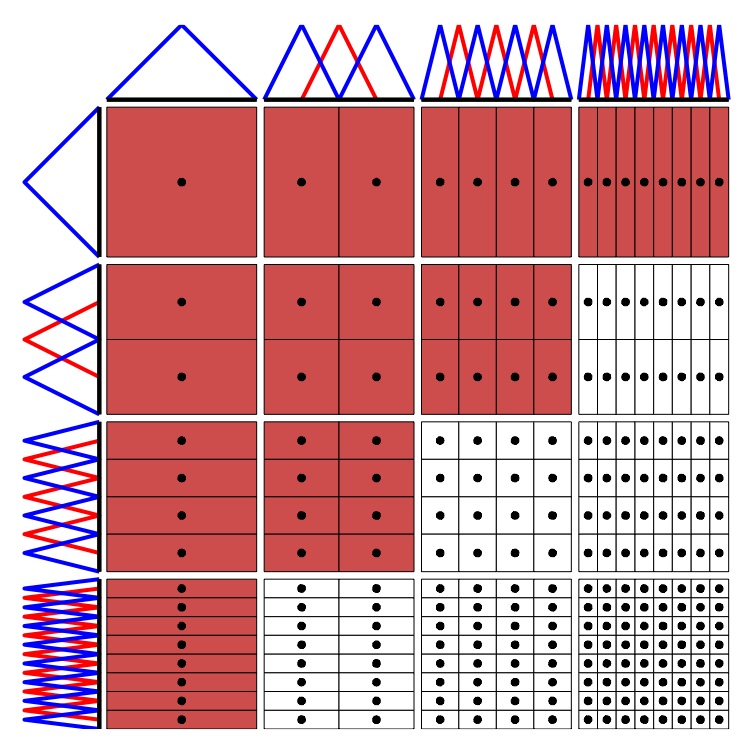FEM for Elliptic Problems with Random Input Data
In recent years it has become more and more important to model and simulate boundary value problems with random input parameters. If a statistical description of the input data is available, one can mathematically describe data and solutions as random fields and aim at the computation of corresponding deterministic statistics of the unknown random solution. Applications are, besides traditional engineering, for example biomedical or biomechanical processes. To simulate biomechanical processes one has, on the one hand, uncertain domains arising from e.g. tomographic data. On the other hand, one often has only estimates on the material parameters.Uncertainty might stem from the loading, the coefficients of the differential operator, or the domain

The random domain is a perturbation of the nominal domain
From statistical information of the random input data, we like to compute statistics of engineering interest for the random solution of the boundary value problem. In particular, we like to compute the expectation


The

Wavelet or multilevel basis and multilevel frame
Selected Publications
-
H. Harbrecht, R. Schneider, and C. Schwab.
Sparse second moment analysis for elliptic problems in stochastic domains.
Numer. Math., 109(3):385-414, 2008.
-
H. Harbrecht, R. Schneider, and C. Schwab.
Multilevel frames for sparse tensor product spaces.
Numer. Math., 110(2):199-220, 2008.
-
H. Harbrecht.
On output functionals of boundary value problems on stochastic domains.
Math. Methods Appl. Sci., 33(1):91-102, 2010.
-
H. Harbrecht.
Second moment analysis for Robin boundary value problems on random domains.
In M. Griebel, editor,
Singular Phenomena and Scaling in Mathematical Models,
pages 361-382, Springer, Berlin, 2013.
-
H. Harbrecht, M. Peters, and M. Siebenmorgen.
Combination technique based k-th moment analysis of
elliptic problems with random diffusion.
J. Comput. Phys., 252:128-141, 2013.

